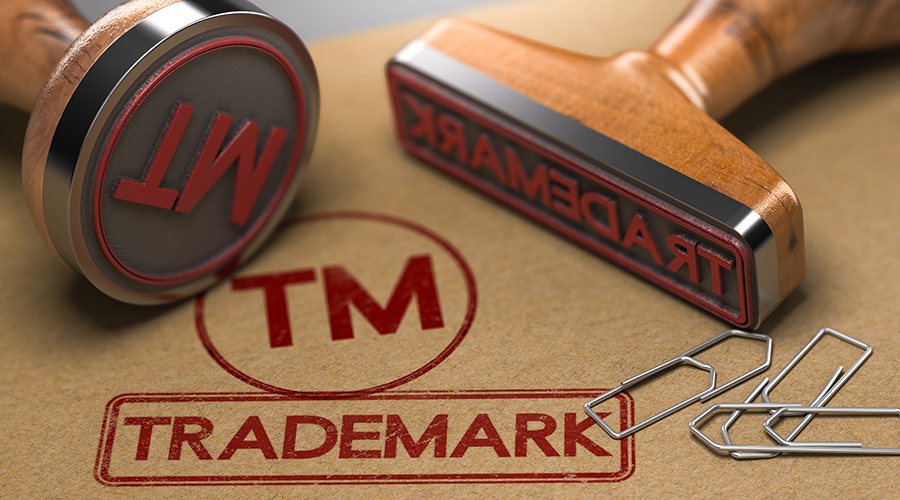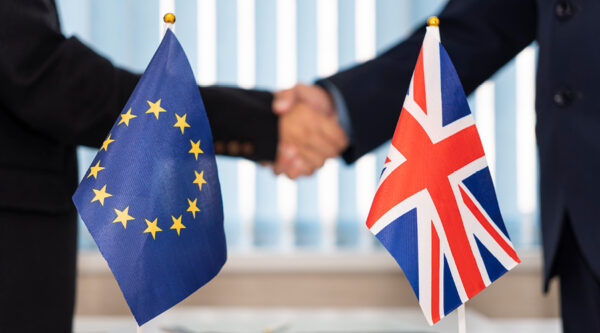

Expanding into international markets offers tremendous growth opportunities for businesses. However, one critical and often underestimated aspect of global product launches is ensuring proper trade mark protection.
A trade mark serves as a key brand asset, enabling a company to distinguish its products from those of competitors. Failing to consider trade mark issues can lead to costly legal disputes, brand confusion, and even a forced withdrawal of products from foreign markets.
Our specialist Intellectual Property team explore the key trademark considerations companies should address when launching new products in overseas markets.
What are trade marks and why do they matter?
A trade mark is a sign capable of distinguishing the goods or services of one enterprise from those of others. It may consist of words, logos, symbols, sounds, shapes, colours, or a combination of these. Registered trade marks provide legal protection by granting the owner exclusive rights to use the mark in connection with specific goods or services within a particular jurisdiction.
Since trade mark rights are territorial, a registration in one country typically does not confer protection in another. This fundamental principle makes it imperative for businesses to proactively address trademark issues when entering new markets.
Conducting trade mark searches in target markets
Before launching a product overseas, businesses must perform comprehensive trade mark searches in each target market. This involves:
- Identifying identical or similar marks for the same or related goods/services. A similar mark can prevent registration or even lead to infringement claims
- Searching official databases, such as local intellectual property (IP) office databases or international databases like the WIPO Global Brand Database
- Engaging local counsel to understand what constitutes a conflict in their region. This is valuable as trade mark law and enforcement varies greatly between regions.
Failure to conduct a thorough search can result in rejection of an application or, worse, litigation and product recalls.
Trade mark clearance vs. availability of a domain name
Many companies wrongly assume that owning a domain name or securing a social media handle equates to owning trade mark rights. However, domain names and trade marks are distinct assets. A business may own a website address (e.g. mybrand.com) without holding any trademark rights in “MyBrand.”
Thus, securing domain names and social handles should complement, not substitute, a proper trade mark clearance and registration strategy.
Registering trade marks internationally
After clearing a mark for use, companies should move quickly to register it in their target jurisdictions. Options include:
- National filings: Filing directly with each country’s IP office
- Regional systems: For example, the European Union Intellectual Property Office (EUIPO) offers a single application for protection across EU member states
- The Madrid System: Managed by WIPO, this allows for centralized filing of a single application designating multiple member countries. It simplifies administration but still subjects the application to review by each designated country.
Timing is critical. Many countries operate on a “first-to-file” system, meaning trade mark rights go to the party that files first, regardless of use. In contrast, “first-to-use” systems, such as that employed in the US, may allow some rights based on prior commercial use.
Language and cultural considerations
A trade mark that works well in one language may carry undesirable meanings or connotations in another. Companies should evaluate:
- Translation risks: Direct translations or transliterations of the mark may already be registered or may mean something inappropriate or offensive
- Pronunciation and readability: Will the local audience be able to pronounce or understand the name? Does the mark resonate positively in local culture?
- Slang and dialect: Local usage and dialects may alter a mark’s interpretation.
Cultural due diligence can prevent reputational damage and improve brand acceptance abroad.
Protecting against trade mark squatting
In some markets, including parts of Asia and South America, trade mark squatting is a significant problem. Squatters register foreign trade marks in their own name, often with the intent to sell the rights back to the legitimate brand owner at a high price.
To mitigate this risk:
- File early: Even before entering the market, consider registering key marks in countries known for squatting
- Monitor filings: Use trade mark watch services to detect third-party filings of similar marks
- Register Chinese-character equivalents: In China, even if you register the English version of a brand name, failing to register the Chinese-character version can leave the brand vulnerable.
Consider the scope of protection
When registering a trade mark, businesses must specify the goods/services it will cover under a particular class in the Nice Classification system. Choosing too narrow a specification may limit future flexibility; choosing too broad a scope may invite objections or increased costs.
It’s important to:
- Align the specification with your business strategy
- Think ahead: Will you be launching product extensions in the same category?
- Work with local attorneys to ensure the language of the specification is acceptable to the local office.
Enforcement and maintenance
Registering a trade mark is not the end of the process. Once a trade mark is registered companies must actively:
- Enforce their rights: Monitor marketplaces, customs, and online platforms for infringing uses. Enforcement mechanisms differ significantly by country
- Use the mark: In many jurisdictions, failure to use a trademark within a specific period (often 3–5 years) can lead to cancellation for non-use
- Renew the registration: Trademarks must be renewed periodically, typically every 10 years. Missing deadlines can lead to cancellation.
Developing a global trademark portfolio management system is essential for keeping track of deadlines and enforcement actions.
Licensing and distribution considerations
If you plan to sell products through local distributors or franchisees, ensure that trade mark ownership and use rights are clearly defined in contracts:
- Maintain ownership by ensuring trade mark registrations stay in the name of the brand owner, not the distributor
- Grant limited licenses so agreements specify permitted uses, geographic scope and quality control standards to prevent brand dilution
- Include termination clauses to ensure that rights revert to the brand owner upon contract termination.
Conclusion
Launching a product in an overseas market is a complex process, and trade marks are a critical component of a successful global branding strategy. Proactive trademark clearance, registration, and enforcement can protect a business from legal challenges, reputational harm, and commercial loss.
By investing in international trademark protection early in the expansion process, companies can secure their brand’s identity, enhance consumer trust, and maximise the value of their intellectual property assets worldwide.
It’s advisable to consult experienced Intellectual Property lawyers in each target jurisdiction to successfully navigate local laws and avoid common pitfalls.










